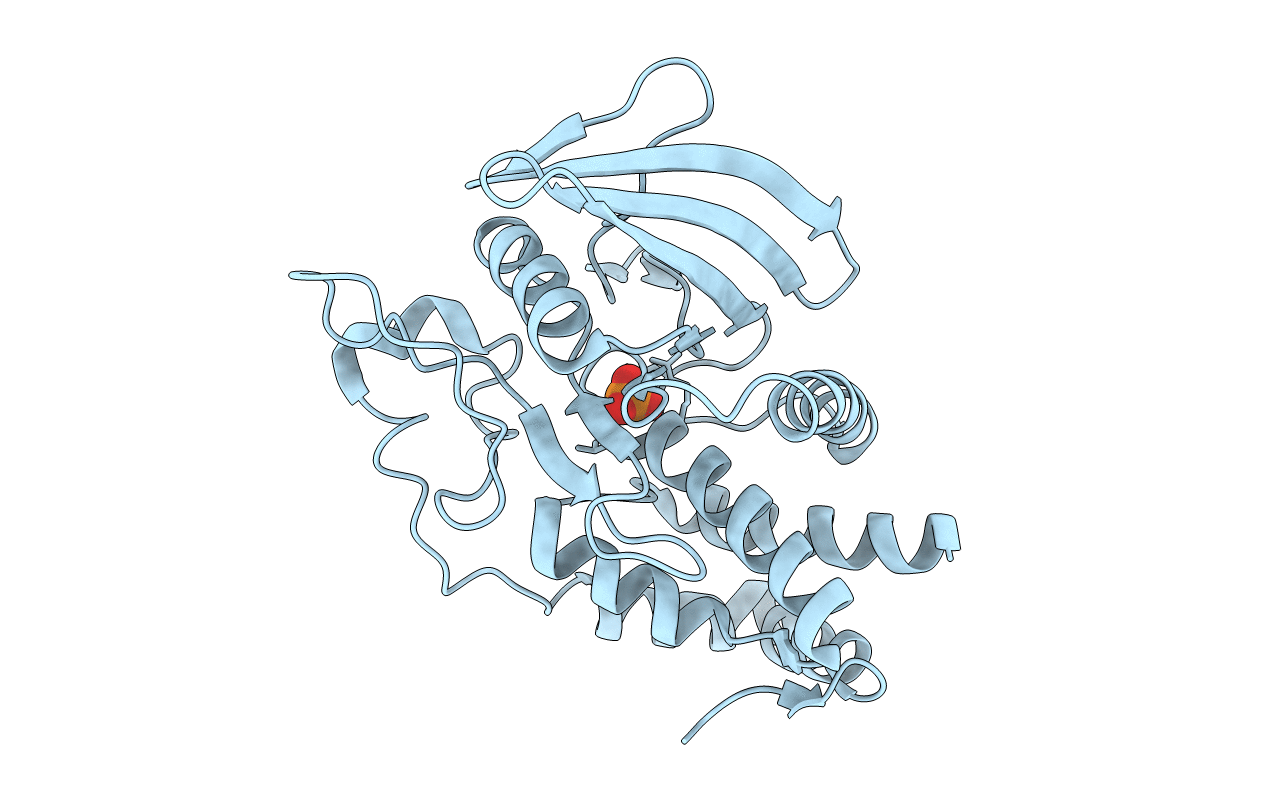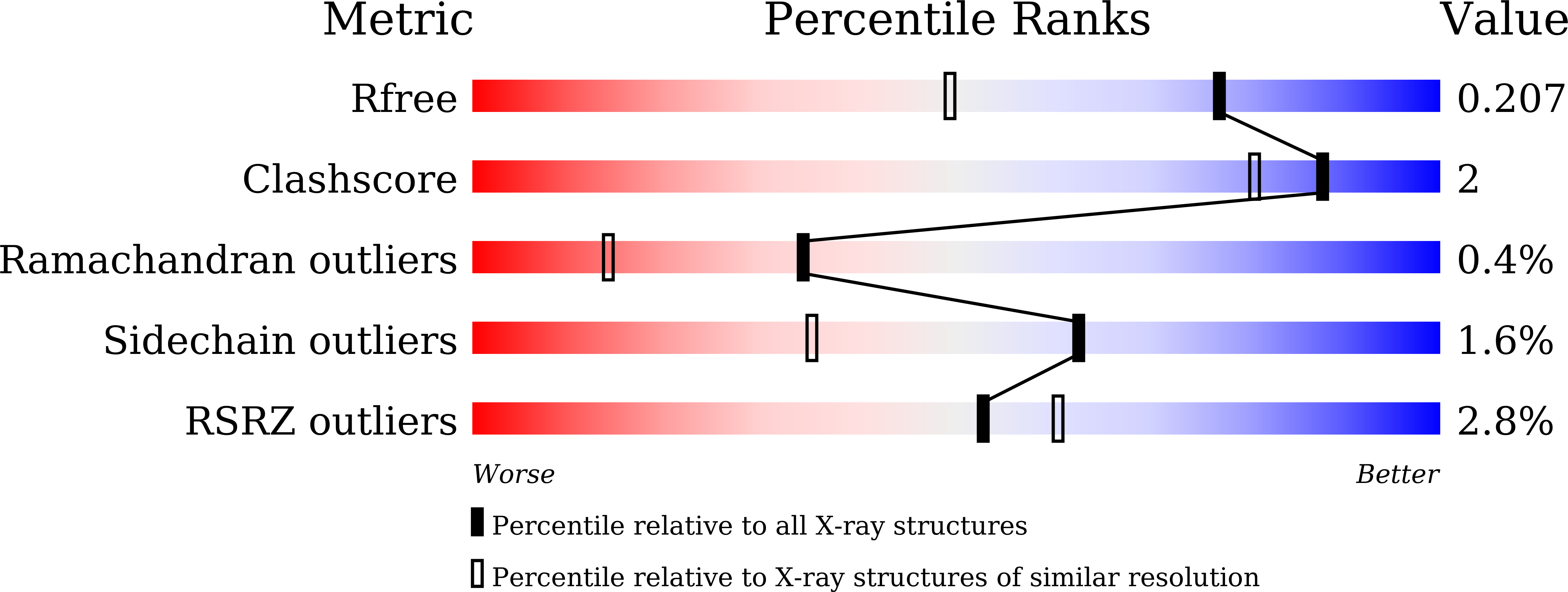
Deposition Date
2022-03-22
Release Date
2022-07-06
Last Version Date
2023-11-29
Method Details:
Experimental Method:
Resolution:
1.56 Å
R-Value Free:
0.20
R-Value Work:
0.17
R-Value Observed:
0.17
Space Group:
P 32


